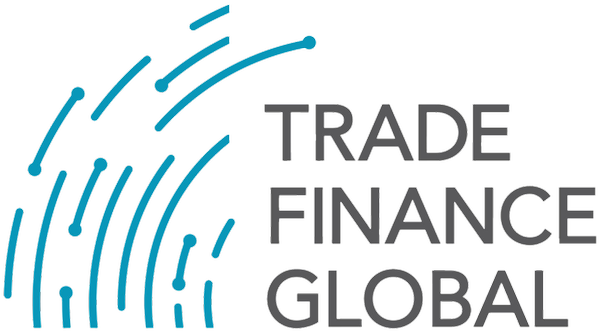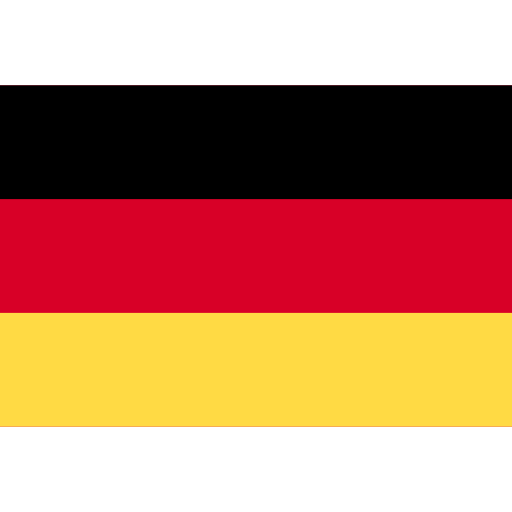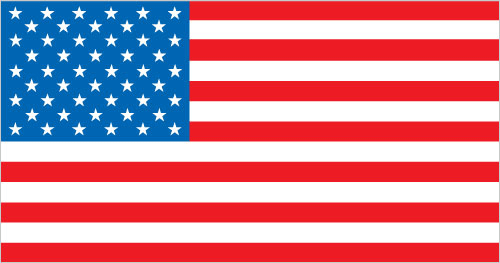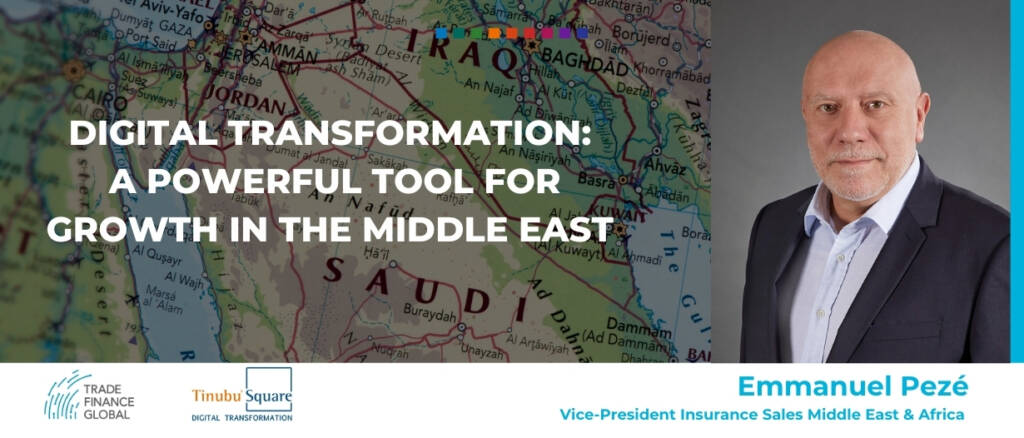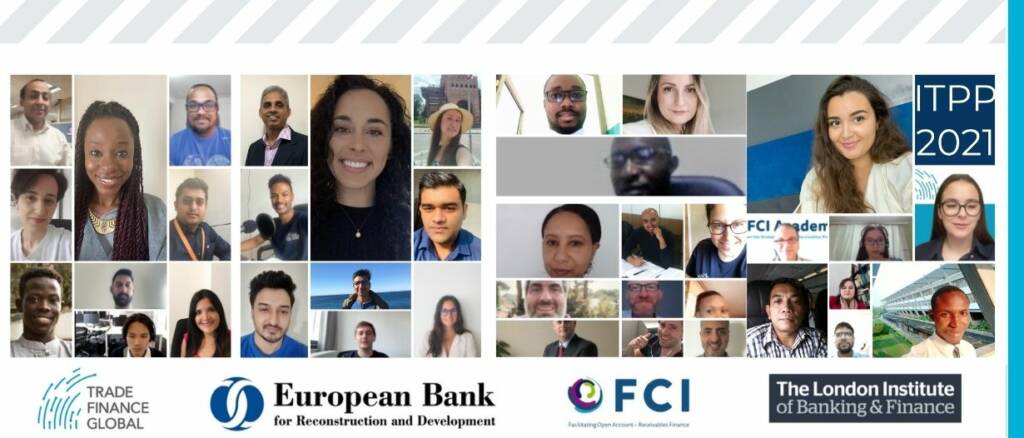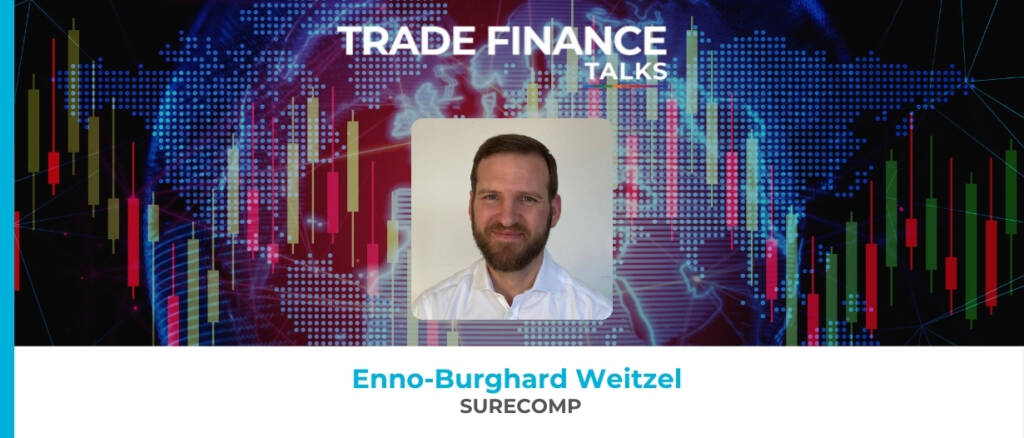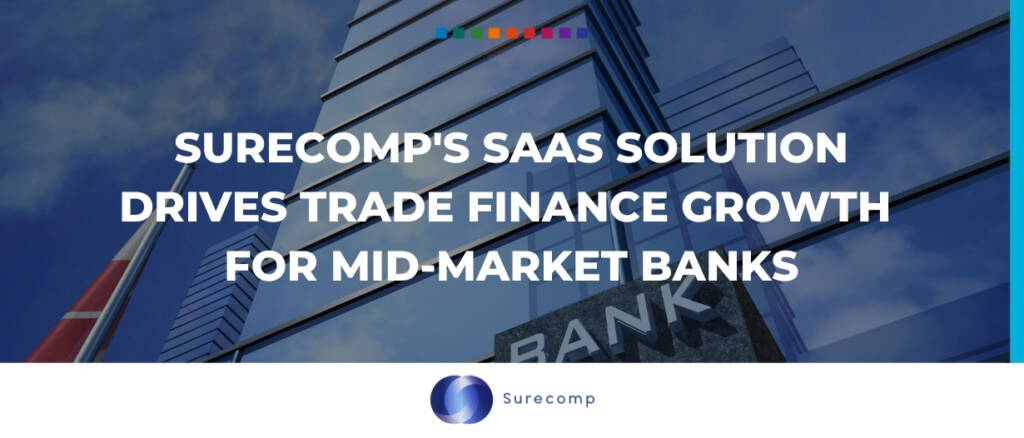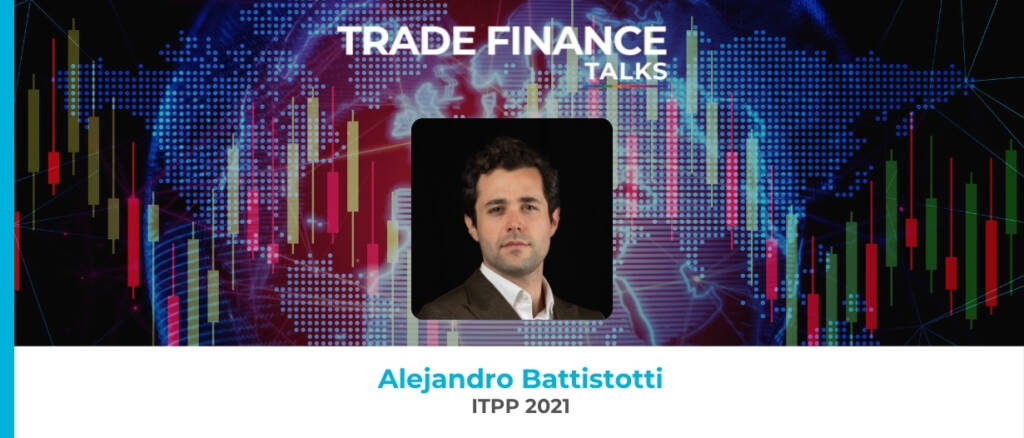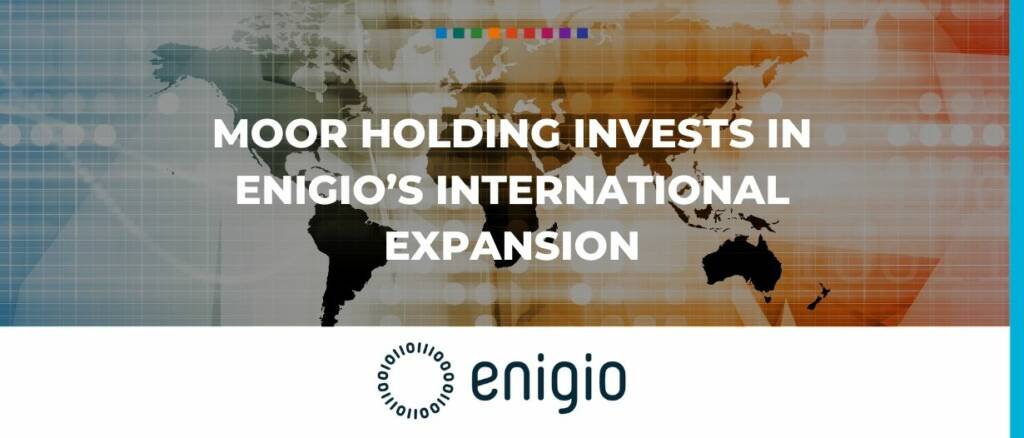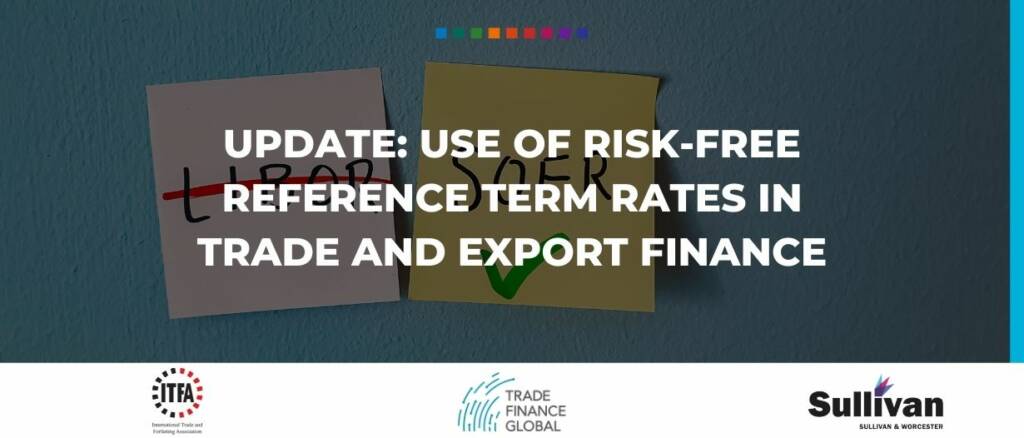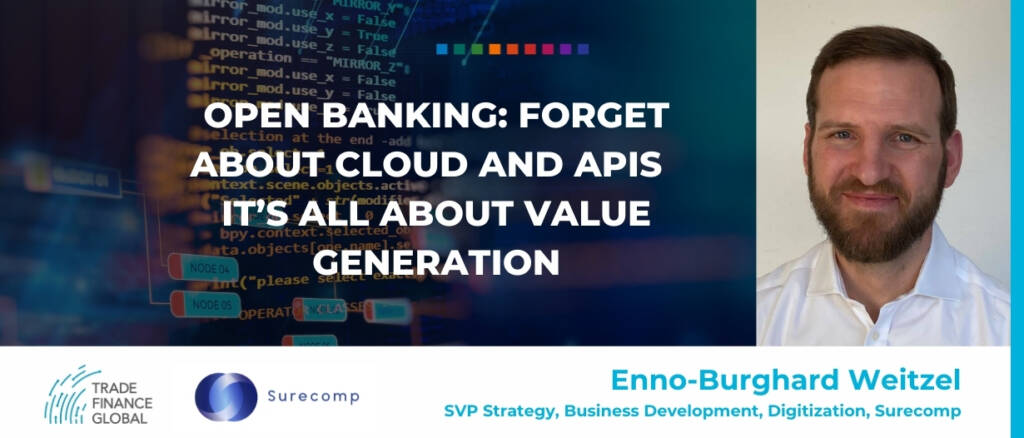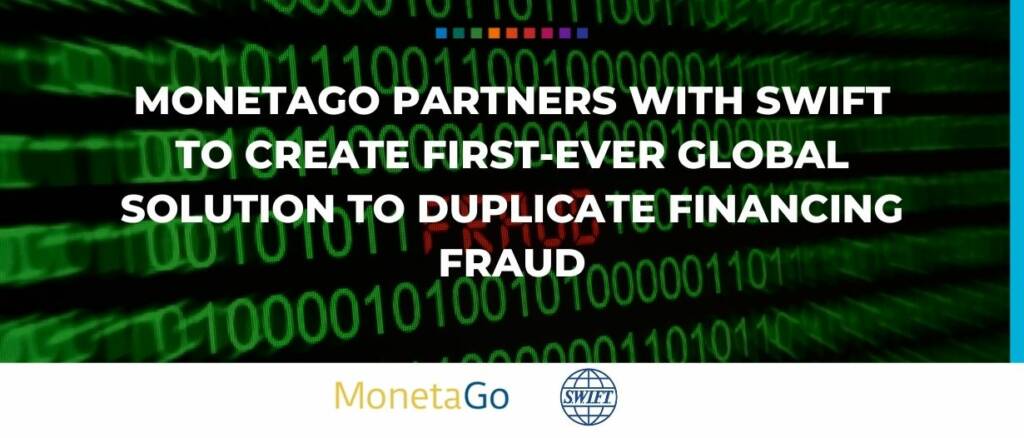Trade and economic activity are advancing at a rapid pace across the Middle East. How are governments across the region evolving and harnessing opportunities to enable high-speed economic activity?
TFG, LIBF, FCI and EBRD are pleased to announce the gold and silver 2021 winners for the International Trade Professionals Programme.
Deepesh Patel, Editor at Trade Finance Global, interviewed Enno-Burghard Weitzel Senior Vice President Strategy, Business Development, Digitization, at Surecomp to discuss MSMEs struggle to access finance and how technology can be crucial to trade growth.
Canada-based software provider Surecomp has today announced the expansion of its Trade Finance-as-a-Service (TFaaS) offering to enable smaller and mid-sized banks to improve their trade finance processing efficiencies and customer… read more →
New potential applications of blockchain technology through the lifecycle of the trade are in constant development. However, so much input and so much promise is detaching us from the most immediate and practical ways of adopting this technology in trade finance.
Enigio Time AB has raised EUR 2.7 million lead by MOOR Holding AB and followed on from current shareholders, including Stockhorn Capital AB. The investment includes an option for the… read more →
Asian country’s integration into global value chains remains surprisingly weak. Peter Born, Chief Representative for Commerzbank in Mumbai, examines why this is the case, and what steps are being taken to address the challenges of the business environment in the country.
The guidance note looks at Term SOFR (SOFR is the Secured Overnight Financing Rate), the ARRC recommended RFR term rate
The trade finance space has seen a huge influx of capital in the development of fintech solutions to address some of today’s most pressing trade challenges.
SINGAPORE & NEW YORK – September 13, 2021 – MonetaGo, a financial technology solutions provider, today announced a new platform to combat financing fraud in trade finance on a global… read more →
